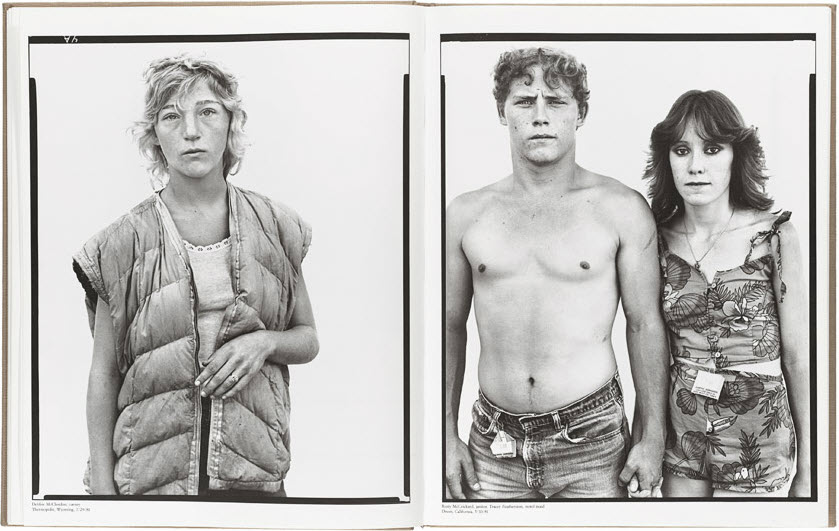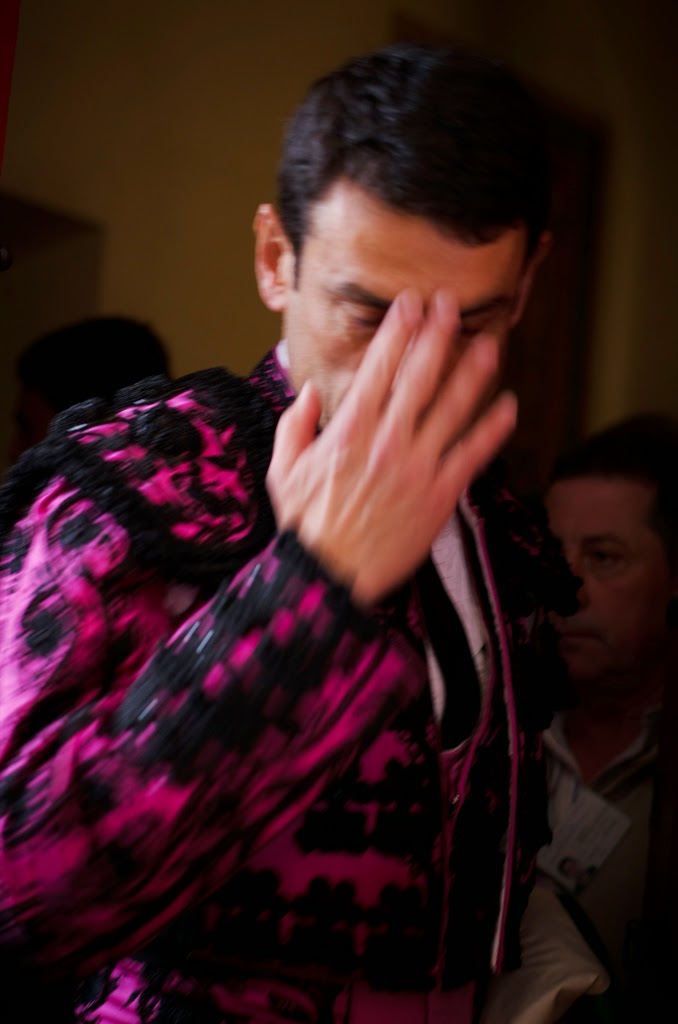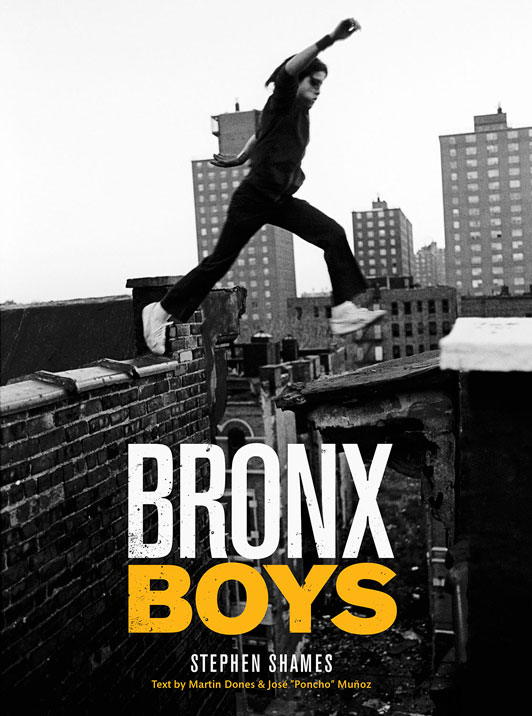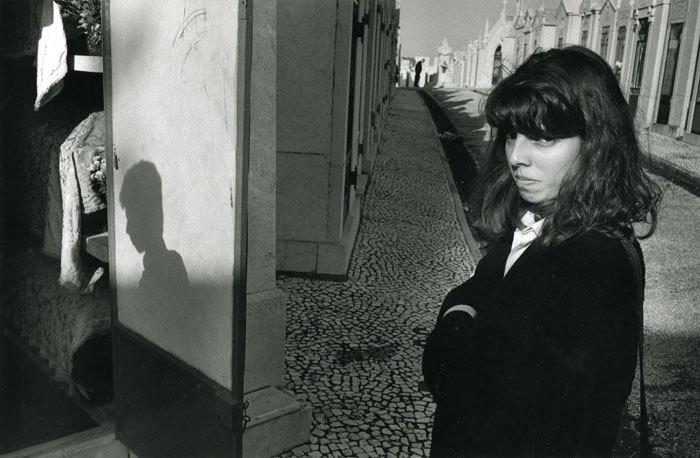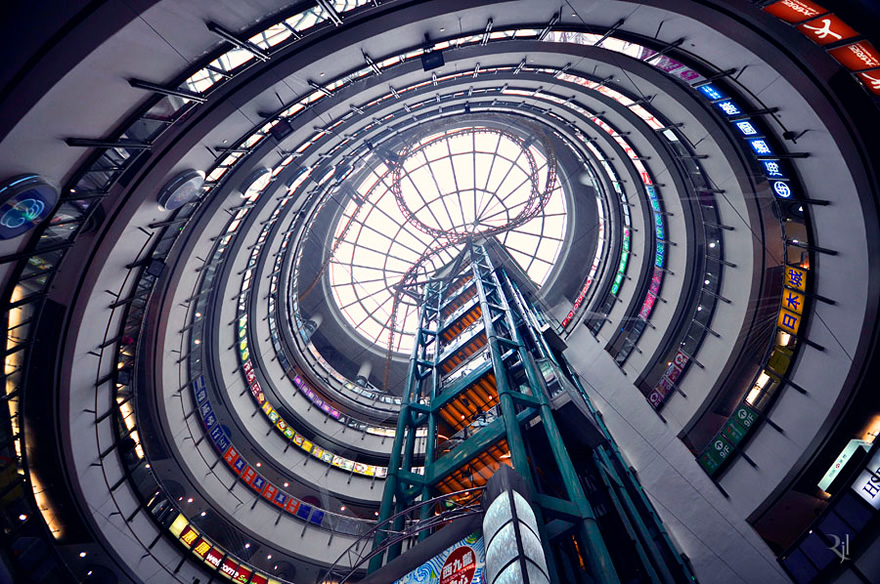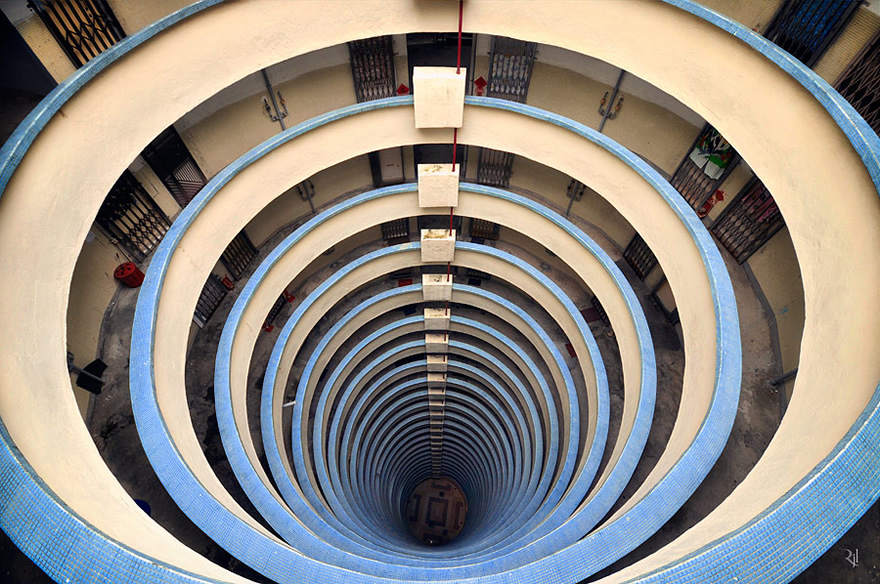
Este texto es un extracto de la introducción al libro “Pequeñas cosas en silencio” (“Small Things in Silence”), editado por la editorial RM.
“Me he expresado a través del arte durante los últimos 40 años.
Durante todo este tiempo, me he preguntado constantemente a mi mismo:
¿Qué es lo que veo? ¿Qué es lo que no he visto?
¿Qué es lo que cuento?¿Qué es lo que no cuento?
La lucha por contestar a estas preguntas es lo que genera mis creaciones.
No estaba seguro acerca de mi nicho en el universo, mi “sitio” en esta existencia; y necesitaba creer en el arte para seguir viviendo.
En mi viaje de autodescubrimiento, me he detenido a menudo y he dado algunos rodeos. Los trabajos que he “dejado caer” a lo largo de este viaje marcan mis pasos, tan caóticos e inconsistentes como deben ser.
Cuando miro hacia atrás en mi camino, me doy cuenta de que un motivo insistente en mi obra es la obsesión por las cosas pequeñas. Siento felicidad cuando descubro pequeñas cosas, aparentemente insignificantes, que pueden pasar desapercibidas.
Estoy interesado en esos sentimientos incómodos, como cuando te saltas un ojal o te encuentras estancado y perdido en una niebla que te desorienta.
Prefiero susurrar mis mensajes en voz baja en lugar de contarlos de forma ruidosa; tienen que ser tan ligeros como para que puedan confundirse con ilusiones.
Sé que llevaré conmigo estos sentimientos por mucho tiempo.
Espero que las débiles ondas que emite mi trabajo, crezcan como mensajes tranquilos pero elocuentes que lleguen a los que quieran escuchar.”
— Masao Yamamoto
//
This text is an excerpt from the introduction to the book “Small Things in Silence”, published by Editorial RM.
“I expressed myself through art for the past 40 years.
During this time, I have constantly asked myself:
What do I see? What I have not seen?
What do I tell? What I do not tell?
The struggle to answer these questions is what generates my creations.
I was not sure about my niche in the universe, my “site” in this lifetime; and I needed to believe in the art to live.
In my journey of self-discovery, I stopped often and have taken some detours. The work I have “dropped” along this journey mark my steps, as chaotic and inconsistent as they should be.
When I look back on my way, I realize that a persistent theme in my work is the obsession with the little things. I feel happy when I discover little things, seemingly insignificant, that can go unnoticed.
I am interested in these uncomfortable feelings, like when you skip a buttonhole or you’re stuck and lost in a fog that confuses you.
I prefer to whisper softly my messages rather than telling noisily; They must be as light as to be interchangeable with illusions.
I know I will take these feelings with me for long.
I hope the weak waves emitted by my work, grow as quiet but eloquent messages to reach those who will want to listen.”
— Masao Yamamoto
(via: http://www.espaciofoto.com/web/leer.html)
Compartir esto // Share this:





